The Old Stone House – A Strategic Point In The Battle Of Long Island During The American Revolutionary War
The Old Stone House is located in the Park Slope neighborhood of Brooklyn, New York City.
It is situated within the J.J. Byrne Playground at Washington Park.
The stone structure holds a captivating past that intertwines with pivotal moments in American history, particularly the Revolutionary War.
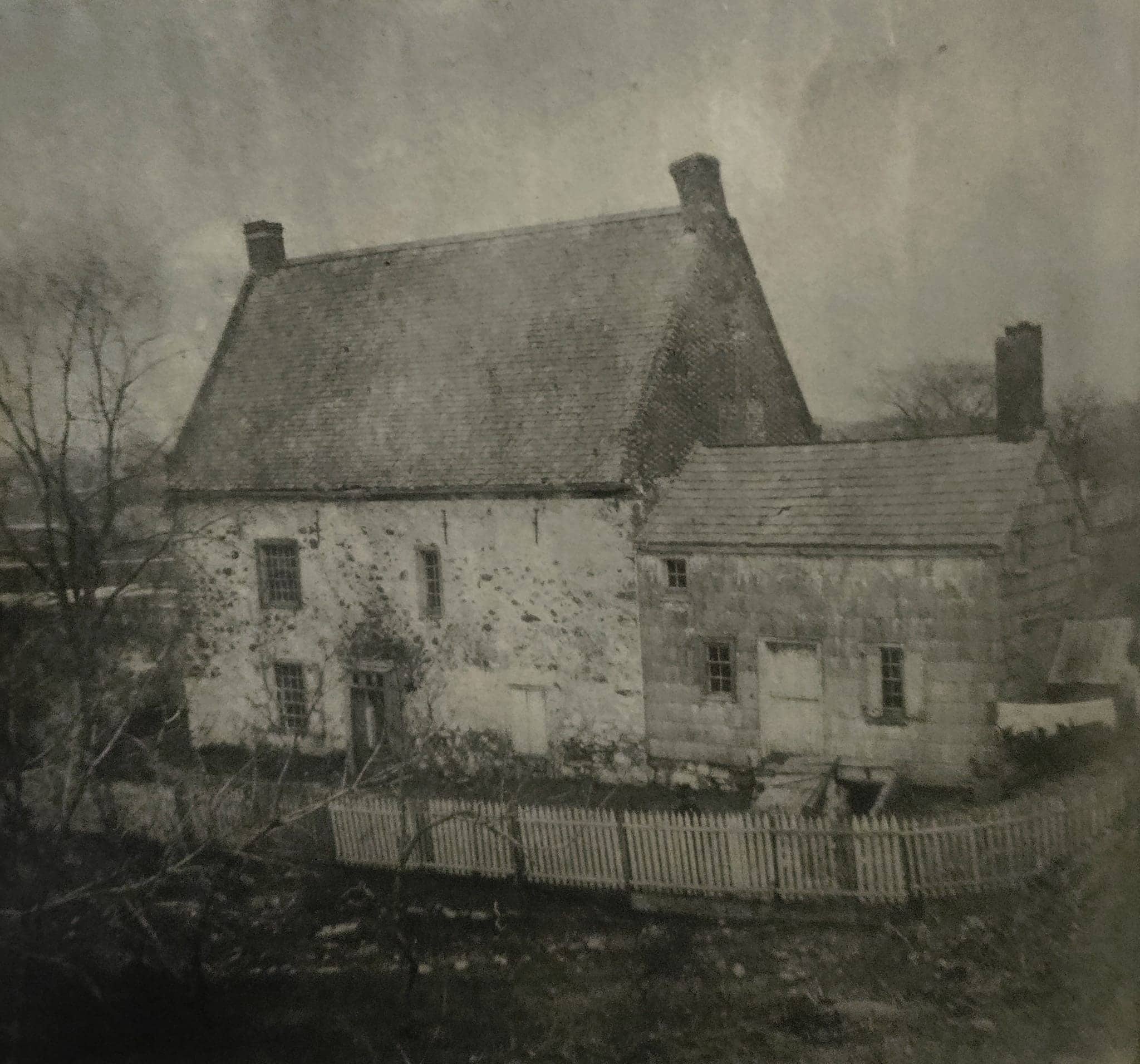
A Historic Reconstruction
The Old Stone House you see today is not the original, but a faithful reconstruction from 1933.
Using some of the original materials, this house replicates the Vechte–Cortelyou House, which was first built in 1699 by Dutch immigrant Claes Arentson Vechte or his son Hendrick.
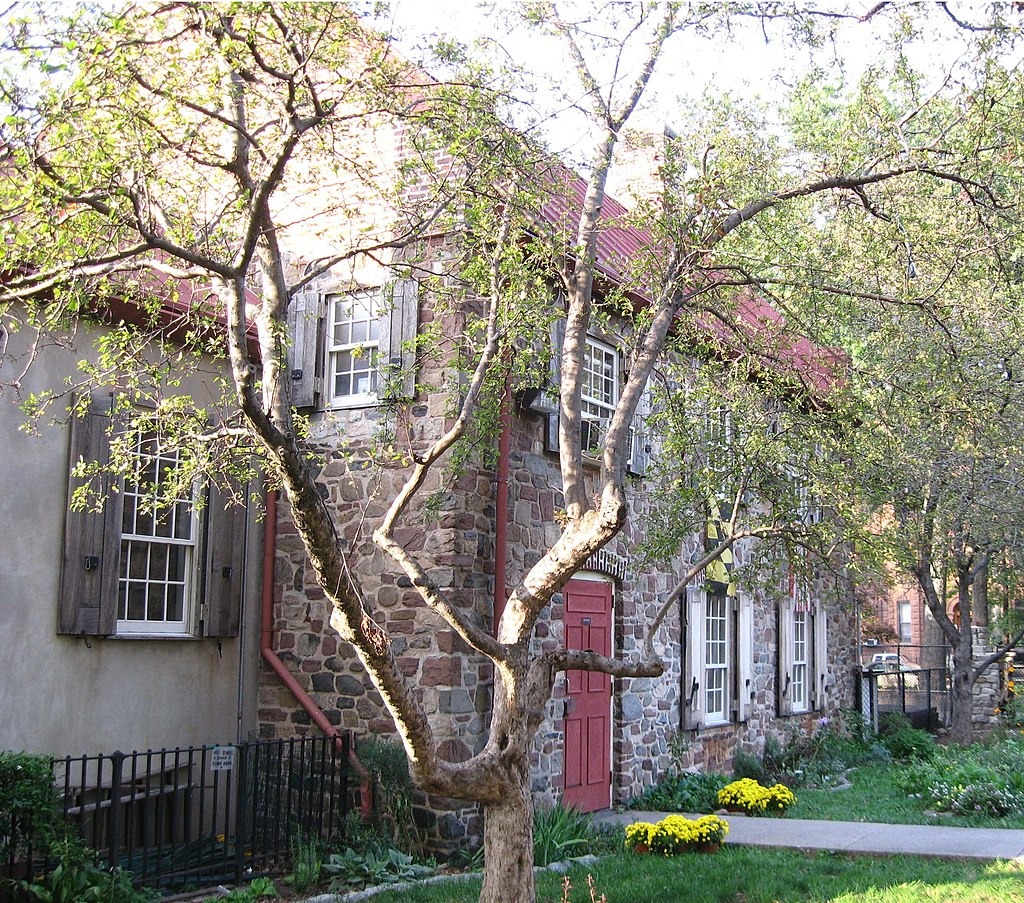
The original house stood as a Dutch stone farmhouse adjacent to the current site and was a central part of the local community.
The Vechte family farmed the land, harvested oysters from the nearby Gowanus Creek, and transported their produce to Manhattan.
The Battle of Long Island
On August 27, 1776, the Vechte–Cortelyou House played a significant role in the Battle of Long Island during the American Revolutionary War.
This battle was the first major engagement after the Declaration of Independence and the largest battle of the war.
British troops used the house as a strategic point to launch attacks against the Continental Army.
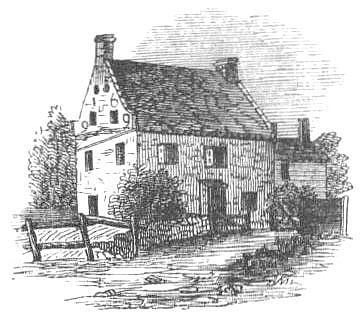
Colonial General William Alexander, known as Lord Stirling, led about 400 Maryland soldiers, famously known as the “Maryland 400,” in a brave but doomed attempt to hold off the British forces.
Despite their valiant efforts, most of these soldiers perished. Their sacrifice allowed a significant portion of the American troops to retreat to safety across the Gowanus Creek.
The battle was a devastating defeat for the Americans, but it showcased the extraordinary courage of the Maryland soldiers. This act of bravery earned Maryland its nickname, “The Old Line State.”
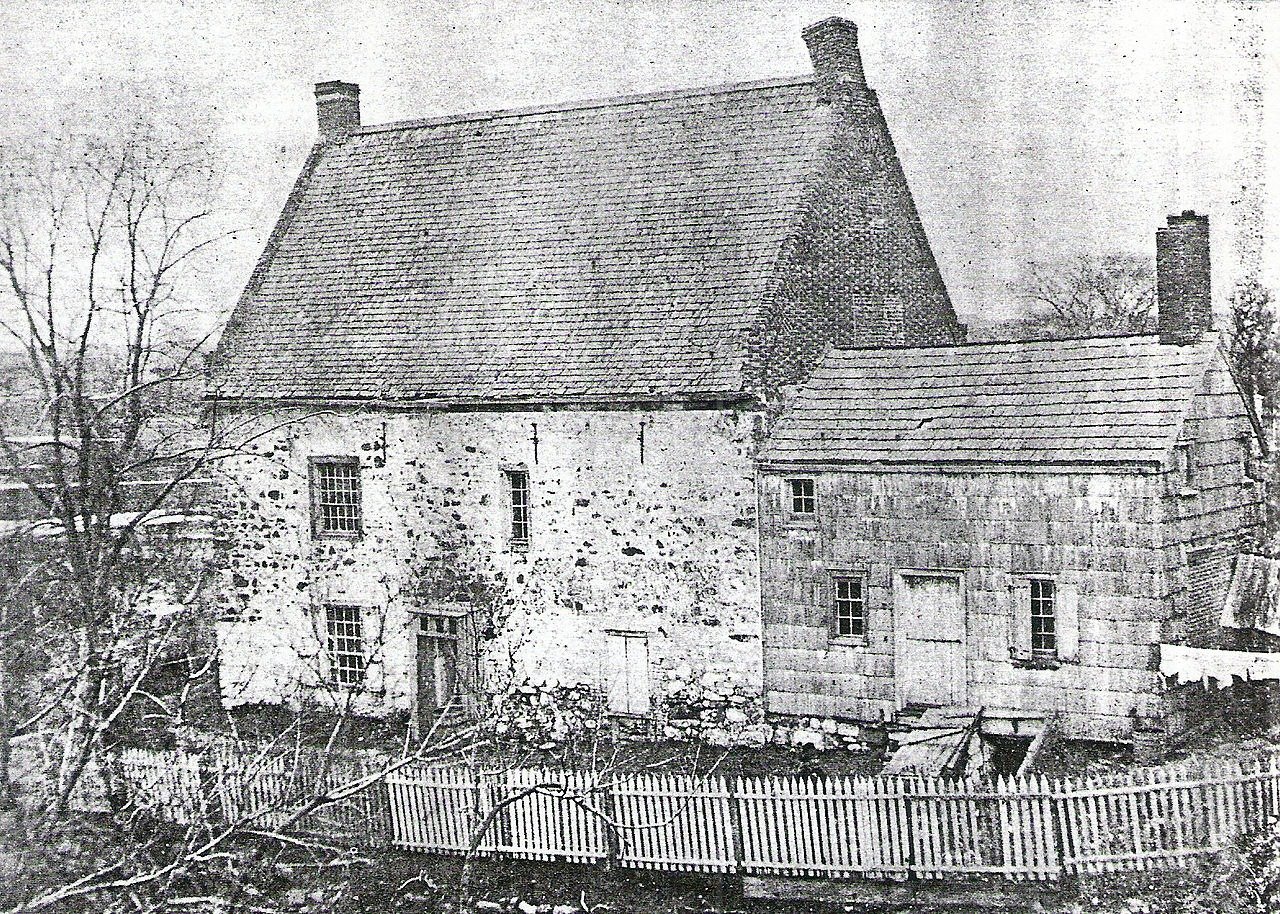
A Clubhouse for the Brooklyn Superbas
In the years following the Revolutionary War, the house changed hands several times. It became the property of Edwin Litchfield in 1852, who owned vast lands in the area.
Remarkably, the Old Stone House later served as a clubhouse for the Brooklyn Superbas, a professional baseball team that eventually became the Brooklyn Dodgers.
This historical tie adds a layer of sports heritage to the house’s already rich narrative.
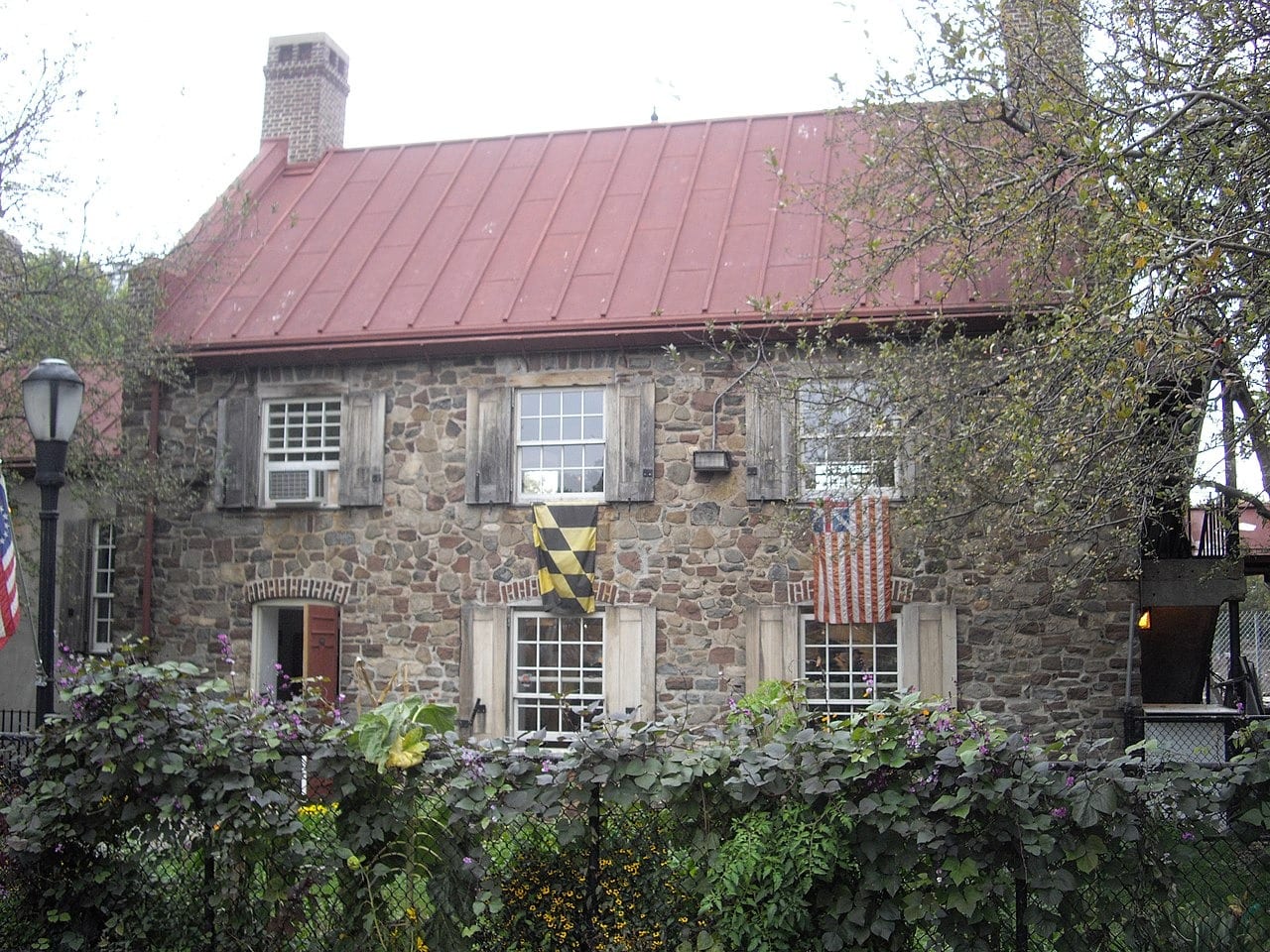
From Ruin to Restoration
The original Vechte–Cortelyou House was destroyed by fire in 1897.
In 1923, the New York City Department of Parks and Recreation acquired the land.
A decade later, in 1933, the house was excavated and reconstructed, incorporating many original stones.
Though it was moved slightly from its initial location, the reconstruction aimed to preserve the historical essence of the original structure.
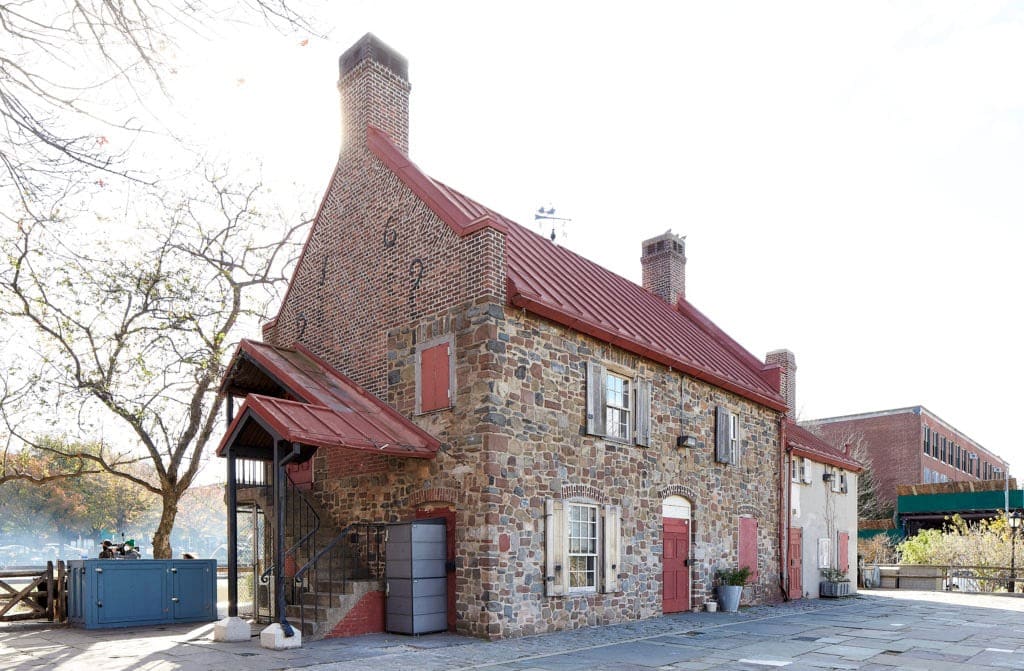
The house underwent further restorations in the 1970s and 1990s.
Thanks to the efforts of dedicated historical preservationists, it was established as a memorial to the Battle of Long Island.
Today, the Maryland flag flies proudly over the house, honoring the memory of the brave Marylanders who fought there.

A Center for Historical Education
Today, the Old Stone House operates as a historic interpretive center managed by the Old Stone House of Brooklyn, a not-for-profit organization.
The center offers an array of educational programs, including school visits that delve into the history of the house and the Battle of Long Island.
The house also hosts concerts, lectures, readings, and community events, making it a vibrant part of the Park Slope community.
Visitors can explore exhibits detailing the house’s storied past, engage in educational programs, and participate in special events like summer camps and sing-alongs to the musical “Hamilton.”

